Guide to Non-Surgical Vaginal Tightening in Thailand
.jpg)
Are you considering options for vaginal rejuvenation but prefer to avoid surgery? You're not alone. Many women seek ways to restore vaginal tone and address concerns like laxity, dryness, or mild incontinence without undergoing invasive procedures. The good news is that non-surgical vaginal tightening options are readily available, and Thailand has emerged as a prominent destination for these advanced treatments.
Thailand is well-known for its high-quality medical tourism, offering state-of-the-art clinics and experienced specialists. From innovative laser treatments to radiofrequency and HIFU therapies, these non-surgical methods provide effective and convenient solutions for women looking to improve their vaginal health and confidence. These treatments are often chosen for their minimal invasiveness, shorter recovery times, and promising results, making them an attractive alternative to traditional surgery.
What are the primary non-surgical vaginal tightening options available in Thailand?
When exploring non-surgical vaginal tightening in Thailand, you'll find a range of cutting-edge technologies. The most common and effective options include laser treatments, radiofrequency (RF) procedures, and High-Intensity Focused Ultrasound (HIFU). These methods are designed to stimulate collagen production and improve the elasticity of vaginal tissues, addressing common concerns like laxity, dryness, and mild urinary incontinence.
Laser vaginal tightening typically uses CO2 or Erbium YAG lasers. These lasers deliver controlled heat to the vaginal walls, triggering the body's natural healing process and promoting new collagen and elastin formation. Similarly, radiofrequency (RF) treatments use thermal energy to heat the deep layers of vaginal tissue, leading to tissue contraction and new collagen synthesis. HIFU, on the other hand, delivers precise ultrasound energy to specific depths, creating thermal coagulation points that initiate collagen regeneration without affecting the surface tissue. Each of these technologies offers unique benefits and is tailored to different patient needs and conditions.
How do laser vaginal tightening treatments work?
Laser vaginal tightening treatments utilize advanced laser technology, such as fractional CO2 or Erbium YAG lasers, to rejuvenate the vaginal area. During the procedure, a specialized probe is inserted into the vagina, which emits precise laser energy onto the vaginal walls. This energy gently heats the tissue, causing microscopic injuries that are not painful but signal the body to begin a repair process.
The controlled thermal effect of the laser triggers the fibroblasts within the tissue to produce new collagen and elastin fibers. Collagen is essential for strength and firmness, while elastin provides flexibility and stretch. Over several weeks, as new collagen forms, the vaginal walls become thicker, more elastic, and tighter. This natural regeneration process helps to improve vaginal tone, reduce laxity, enhance lubrication, and can even alleviate symptoms of mild stress urinary incontinence by strengthening pelvic floor support.
Is radiofrequency (RF) vaginal rejuvenation effective and safe?
Radiofrequency (RF) vaginal rejuvenation is a popular non-surgical option that uses thermal energy to improve vaginal health. The procedure involves a small wand or probe that is gently inserted into the vagina, delivering controlled RF energy to the deep layers of the vaginal tissue. This energy generates heat, causing the existing collagen fibers to contract and initiating the production of new collagen and elastin.
Many studies and clinical experiences support the effectiveness of RF treatments in improving vaginal laxity, increasing lubrication, and reducing symptoms of mild stress urinary incontinence. Patients often report feeling a noticeable improvement in tightness and overall comfort. In terms of safety, RF procedures are generally considered safe when performed by trained professionals in reputable clinics. The treatments are non-ablative, meaning they do not damage the surface skin, and typically involve little to no downtime, with most women resuming normal activities immediately.
What is HIFU for vaginal tightening, and how does it compare to other methods?
High-Intensity Focused Ultrasound (HIFU) for vaginal tightening is a cutting-edge non-surgical technique that leverages the power of focused ultrasound waves. Unlike lasers or RF that use broad thermal energy, HIFU delivers precise, targeted ultrasound energy to specific depths within the vaginal tissue. This creates thermal coagulation points, stimulating the body's natural wound-healing response and significantly boosting new collagen and elastin production without affecting the delicate surface layer.
Compared to laser and RF treatments, HIFU is known for its ability to reach deeper tissue layers with extreme precision, making it highly effective for significant tightening. While all three methods stimulate collagen, HIFU's focused energy delivery can sometimes offer more intense and long-lasting results in fewer sessions for some individuals. It's generally a comfortable procedure with no downtime, making it an attractive option for women seeking effective non-surgical vaginal rejuvenation.
What is the typical cost of non-surgical vaginal tightening in Thailand?
The cost of non-surgical vaginal tightening in Thailand can vary significantly based on several factors. These include the specific technology used (laser, RF, or HIFU), the reputation and location of the clinic, the expertise of the practitioner, and the number of sessions recommended for optimal results. Generally, a single session can range from 15,000 THB to 40,000 THB, which is roughly equivalent to $400-$1,200 USD. Packages for multiple sessions are often available and can offer a more cost-effective solution.
It is important to note that while Thailand offers competitive pricing compared to Western countries, patients should prioritize quality and safety over just the lowest price. Prospective patients should consult with several reputable clinics to get detailed quotes and understand what is included in the price, such as consultation fees, follow-up appointments, and any necessary pre or post-treatment care. The overall value often includes advanced technology and experienced medical staff.
How long do the results from non-surgical vaginal tightening treatments last?
The longevity of results from non-surgical vaginal tightening treatments can differ from person to person. On average, most patients experience noticeable improvements lasting between 12 to 18 months. This duration is influenced by factors such as the individual's age, overall health, lifestyle choices, and the severity of their initial vaginal laxity. The type of technology used, whether laser, RF, or HIFU, can also play a role, as each stimulates collagen production slightly differently.
To maintain the desired tightness and rejuvenating effects, many clinics recommend periodic maintenance sessions. These touch-up treatments, typically performed once every 12 to 18 months, help to sustain collagen production and counteract the natural aging process. Adhering to a healthy lifestyle, including regular exercise and a balanced diet, can also contribute to prolonging the benefits of these non-surgical procedures.
What are the benefits of choosing non-surgical vaginal rejuvenation?
Choosing non-surgical vaginal rejuvenation comes with a host of advantages that make it an appealing option for many women. One of the primary benefits is its minimal invasiveness. Unlike surgical procedures, these treatments do not require incisions, anesthesia, or a lengthy recovery period. This means patients can often resume their daily activities almost immediately after a session, making it a convenient choice for busy individuals.
Beyond convenience, the benefits extend to significant improvements in vaginal health and personal well-being. Patients often report:
- Improved Vaginal Tone and Elasticity: The stimulation of collagen and elastin leads to a noticeable tightening and firming of the vaginal walls.
- Enhanced Lubrication: Many treatments help to restore natural moisture, reducing dryness and discomfort.
- Reduced Mild Stress Urinary Incontinence: Strengthening of vaginal tissues can offer better support to the urethra.
- Increased Sexual Satisfaction: Improved tone and sensation often lead to a better quality of intimate experiences.
- Boosted Confidence: Addressing these concerns can significantly enhance a woman's self-esteem and body image.
These treatments provide a safe and effective way to rejuvenate without the risks and recovery associated with surgery.
What should I consider when choosing a clinic for non-surgical vaginal tightening in Thailand?
For those traveling to Thailand for non-surgical vaginal tightening, selecting the right clinic is crucial for a successful and safe experience. Here are key considerations:
- Practitioner Expertise: Ensure the doctor performing the procedure is board-certified, experienced in gynecological aesthetics, and specifically trained in the non-surgical technique you choose (laser, RF, HIFU). Ask about their years of experience and number of procedures performed.
- Clinic Accreditation and Reputation: Look for clinics with international accreditations or certifications. Research online reviews and testimonials on platforms like Google, medical tourism forums, and health review sites. A reputable clinic will have a strong track record and positive patient feedback.
- Technology and Equipment: Verify that the clinic uses the latest, FDA-approved, or CE-marked equipment. Outdated technology might be less effective or carry higher risks. Ask about the specific brand and model of the device they use.
- Hygiene and Safety Standards: A clean and sterile environment is paramount. Observe the clinic's cleanliness and ask about their sterilization protocols. This is especially important for medical tourism to prevent complications.
- Consultation Process: A good clinic will offer a thorough consultation, assessing your specific needs, discussing realistic expectations, explaining the procedure in detail, and addressing all your questions before committing to treatment.
- Transparent Pricing: Ensure the clinic provides a clear breakdown of costs, including all sessions, follow-ups, and any potential additional fees. Avoid clinics with unusually low prices that might compromise on quality or safety.
- Post-Treatment Care: Understand what post-treatment instructions and follow-up care are provided, especially if you are traveling from abroad. Clear communication and support after the procedure are essential.
By carefully evaluating these aspects, you can make an informed decision and choose a clinic that prioritizes your safety and satisfaction.
Are there any common side effects or risks associated with these non-surgical procedures?
While non-surgical vaginal tightening treatments are considered very safe and have minimal downtime, it's helpful to be aware of potential side effects and risks. Most side effects are temporary and resolve within a few days. Common experiences include mild:
- Redness or Swelling: Around the treated area.
- Discomfort or Tenderness: A sensation of warmth or mild soreness, often described as a slight tingling.
- Vaginal Discharge: A temporary increase in discharge, which should be clear or light in color.
- Spotting: Very light bleeding or spotting, usually short-lived.
Serious complications are rare but can occur, particularly if the procedure is not performed by a qualified and experienced practitioner using appropriate equipment. These rare risks include burns to the vaginal tissue, infection, or nerve damage. It is crucial to follow all pre- and post-treatment instructions provided by your clinician to minimize any potential risks and ensure the best possible outcome.
What is the typical recovery time after non-surgical vaginal tightening in Thailand?
One of the significant advantages of non-surgical vaginal tightening procedures is the very short and comfortable recovery time. Most women can return to their regular daily activities, including work and light exercise, immediately after their treatment session. There is typically no downtime required, which makes these procedures highly convenient for those visiting Thailand for medical tourism, allowing them to enjoy their trip without lengthy interruptions.
While immediate return to most activities is possible, specific guidelines are usually provided to ensure optimal healing and results. It is generally recommended to abstain from sexual intercourse and avoid using tampons for about 3 to 5 days following the procedure. This precaution allows the treated tissues to heal without irritation and for the collagen remodeling process to begin undisturbed. Patients are also advised to avoid hot baths, swimming pools, and saunas for a few days. Your clinic in Thailand will provide detailed post-care instructions tailored to your specific treatment.
Considering non-surgical options for vaginal tightening in Thailand? Explore a world of trusted clinics and experienced specialists through PlacidWay. We connect you with top-tier medical tourism solutions worldwide, ensuring you find the right treatment for your needs.


.png)





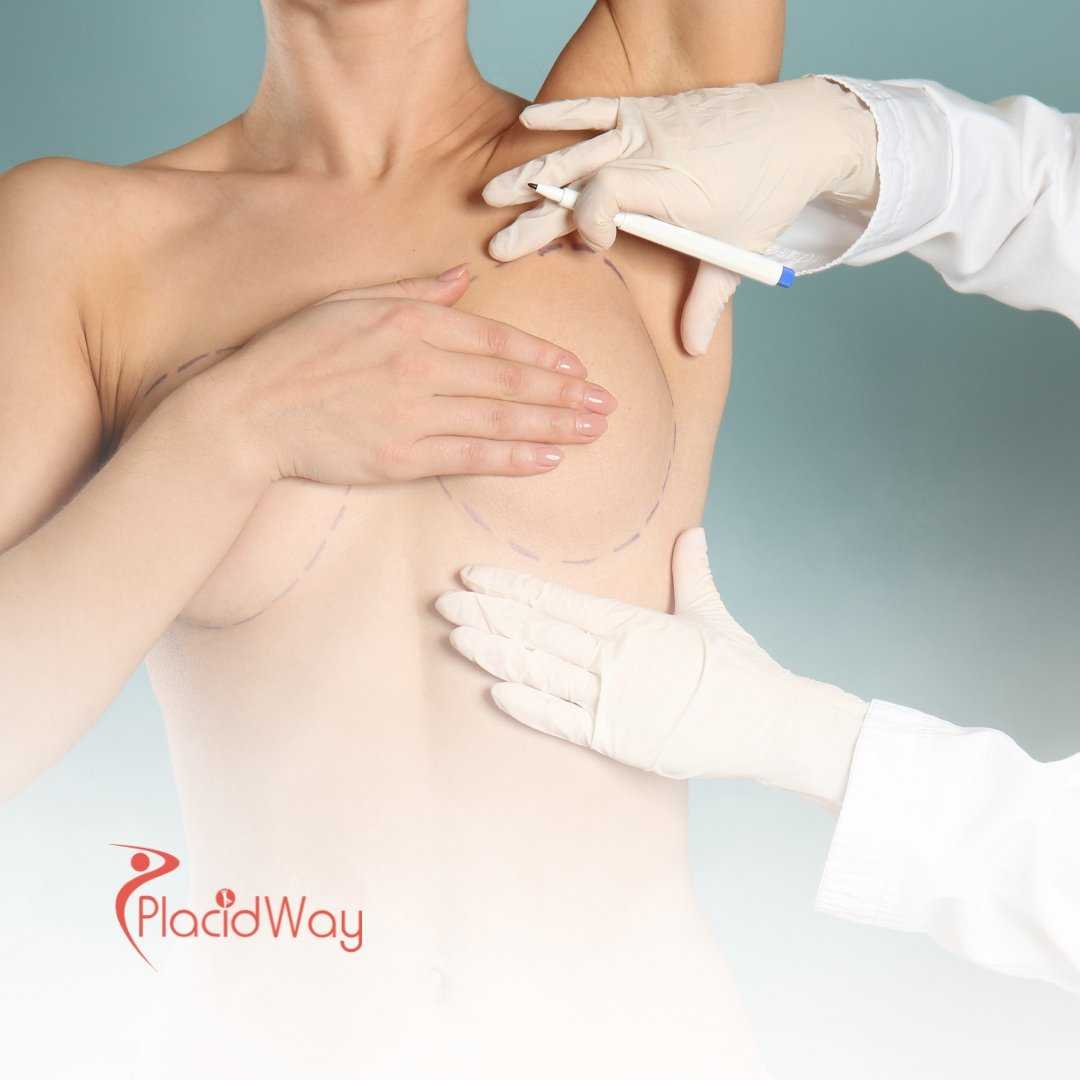

.png)

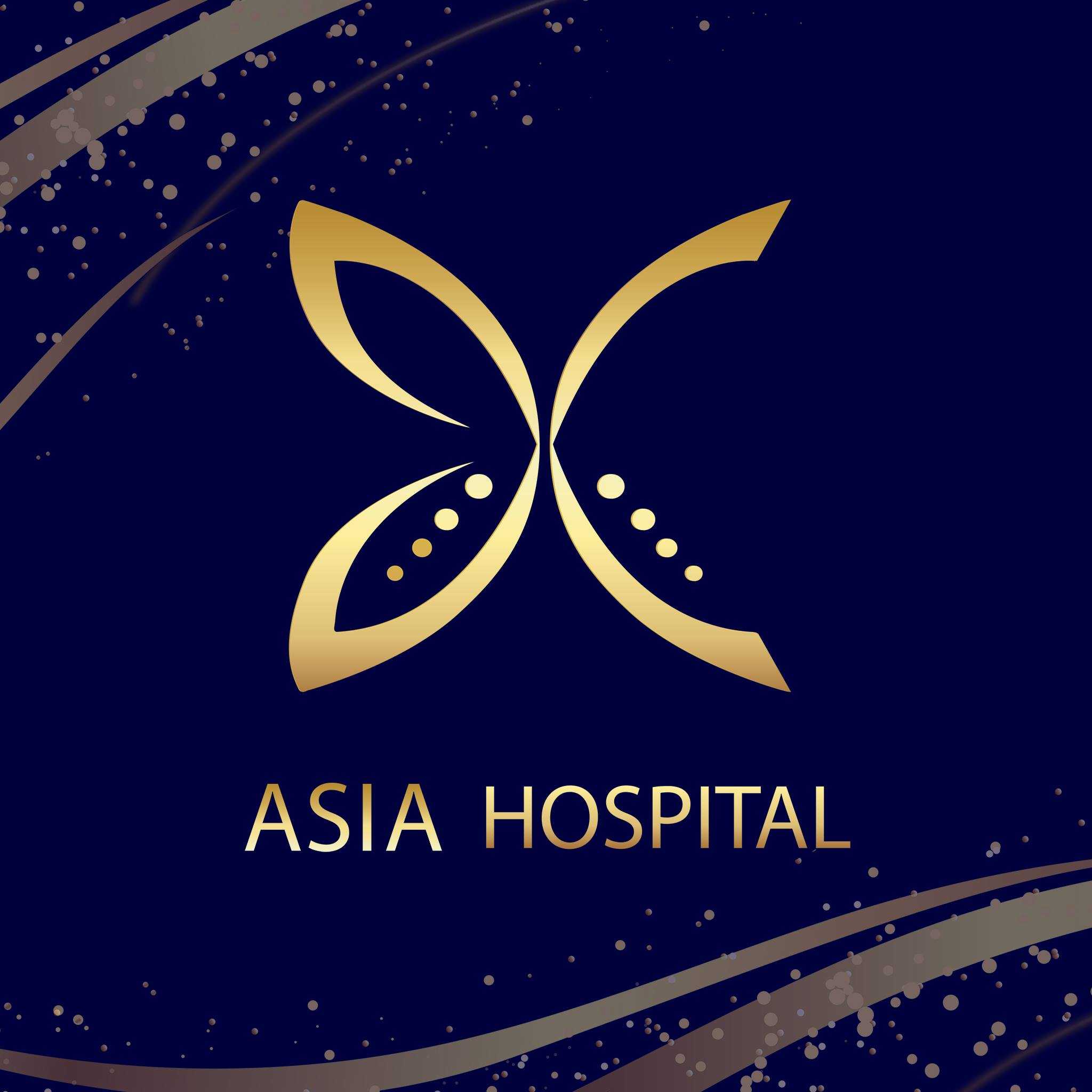
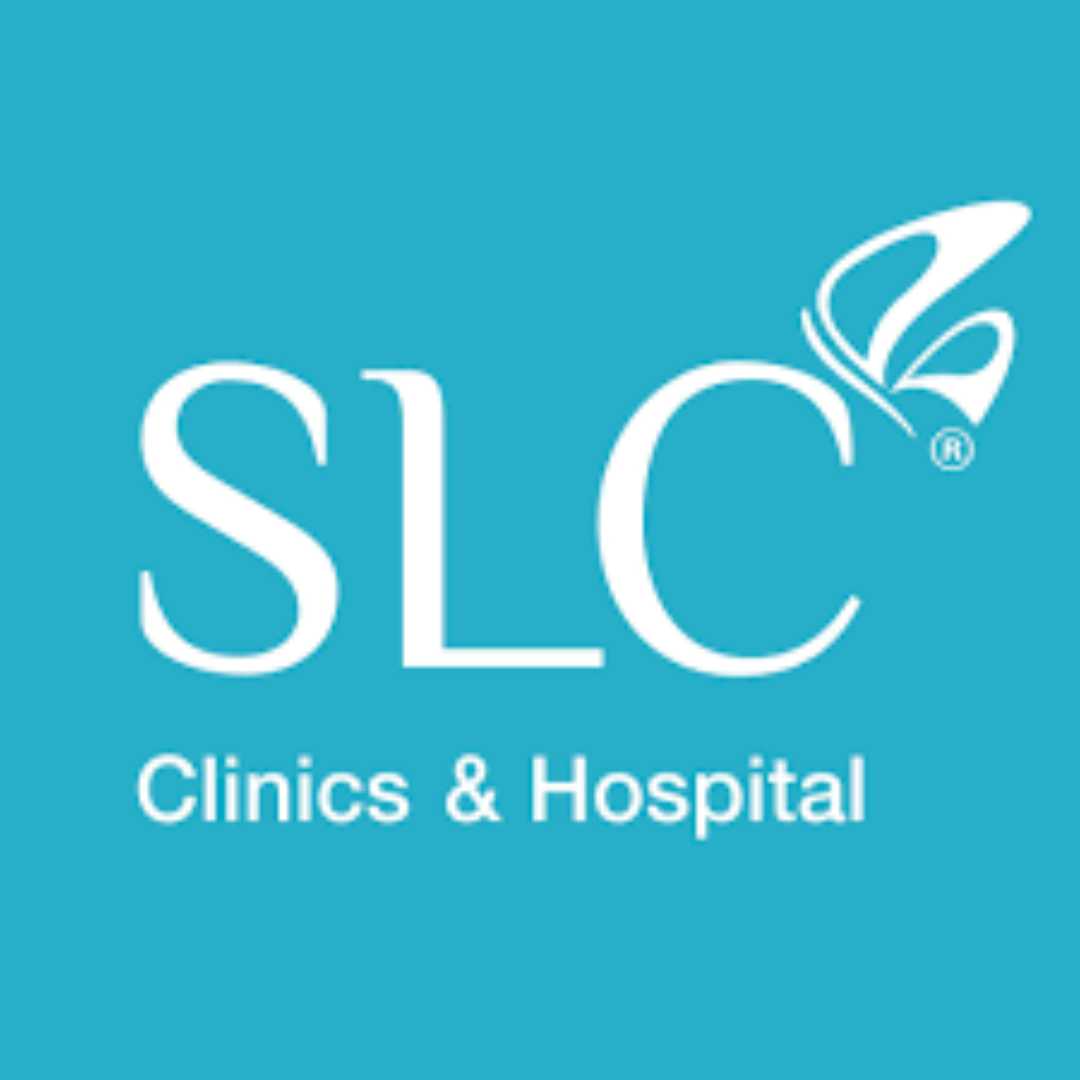
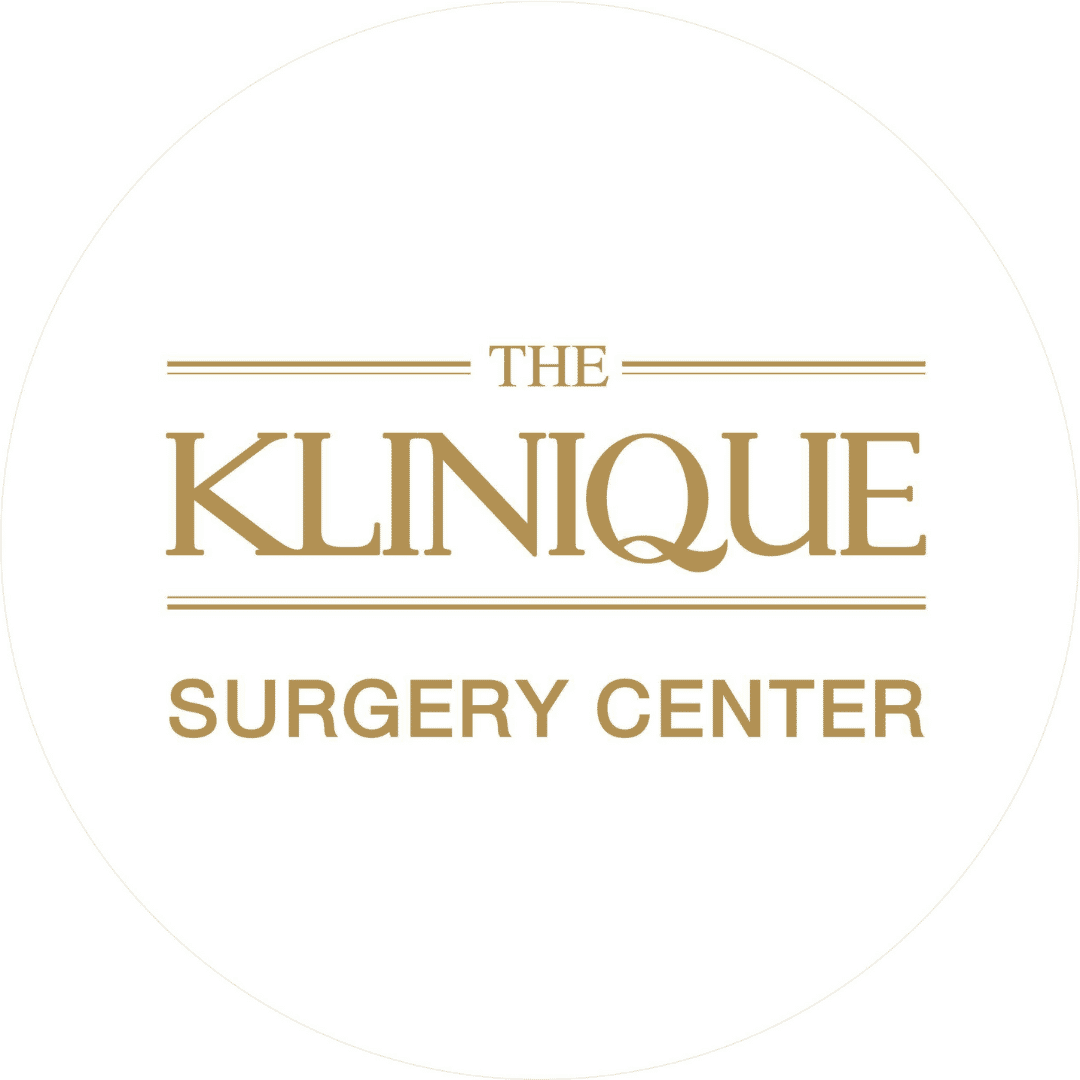
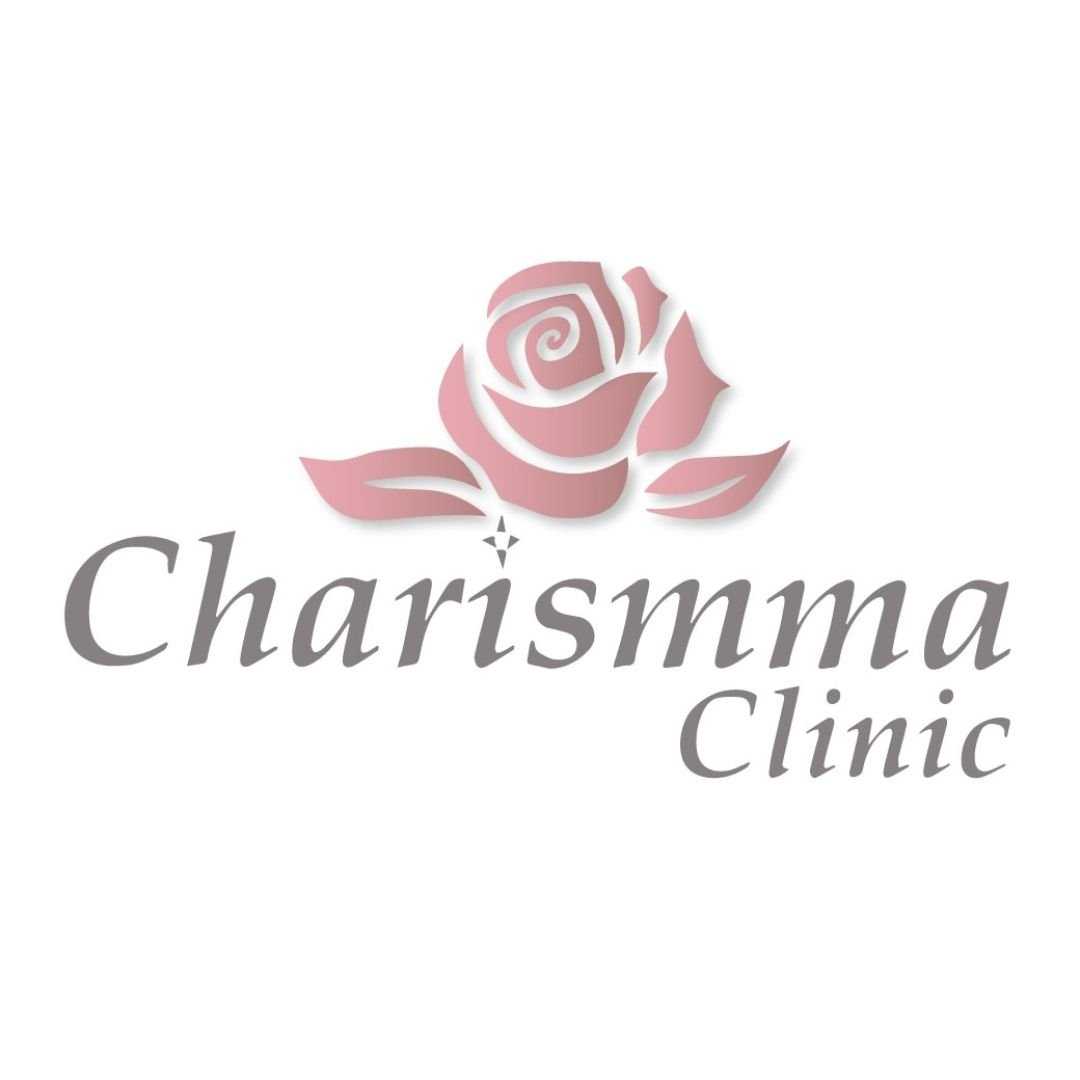

Share this listing